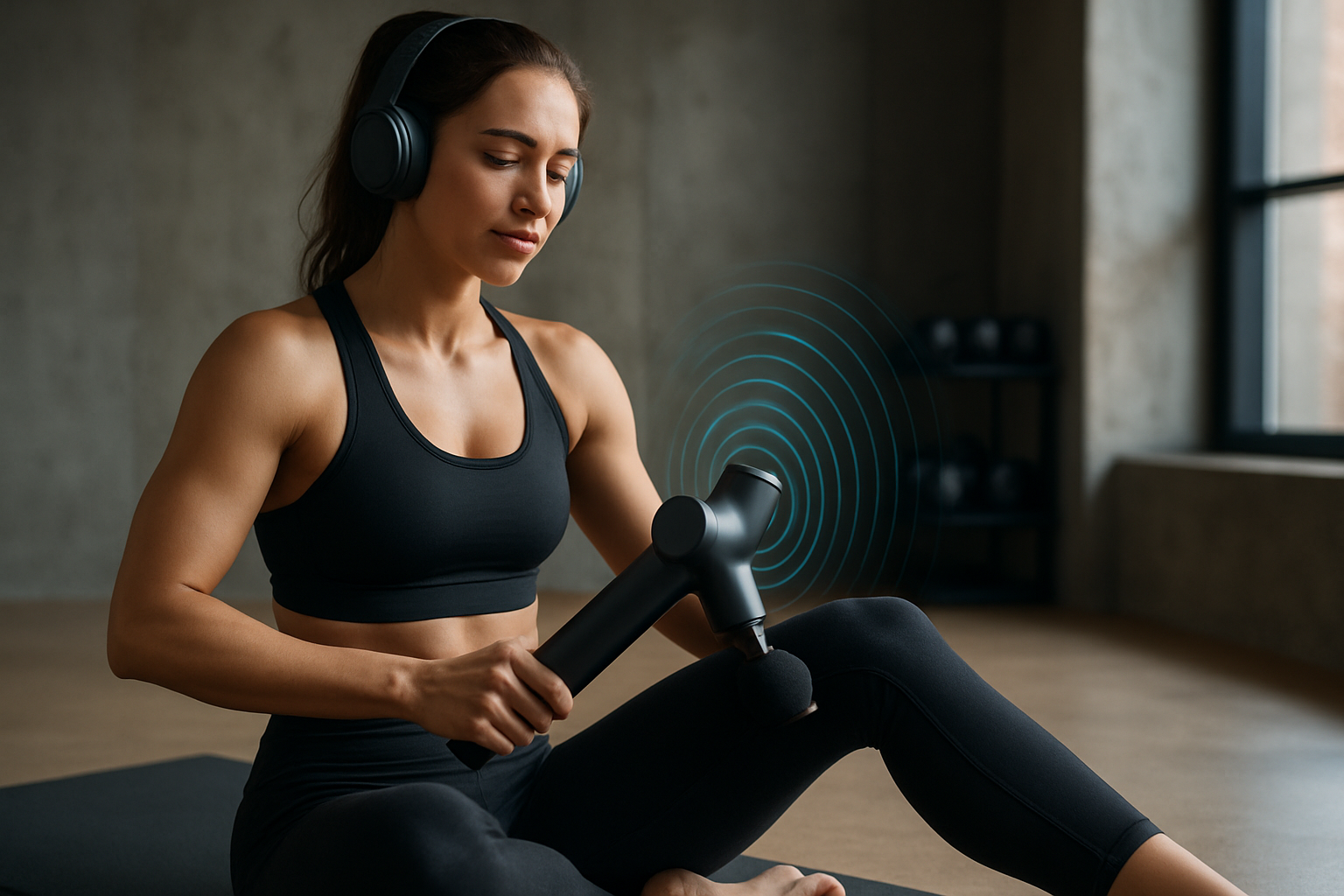Lymphatic Fitness: The Untapped Potential of Your Body's Sewage System
The human body is a complex network of systems working in harmony, yet one crucial component often flies under the radar: the lymphatic system. This intricate web of vessels and nodes, often dubbed the body's "sewage system," plays a vital role in our overall health and wellbeing. Despite its importance, the lymphatic system has long been overlooked in mainstream fitness and wellness circles. However, a growing movement of health enthusiasts and medical professionals are now recognizing the untapped potential of lymphatic fitness. This emerging field combines targeted exercises, specialized massage techniques, and lifestyle adjustments to optimize lymphatic flow, potentially unlocking a host of benefits from improved immunity to enhanced skin health and reduced inflammation.

Historically, the lymphatic system was first described by Hippocrates in ancient Greece, but it wasn’t until the 17th century that it was properly identified and studied. Despite centuries of medical advancements, the lymphatic system remained largely overlooked in mainstream health and fitness practices until recent years.
The Rise of Lymphatic Fitness
Lymphatic fitness is a holistic approach to health that focuses on optimizing the function of the lymphatic system through targeted exercises, massage techniques, and lifestyle modifications. This emerging field gained traction in the early 2000s, with pioneers like Dr. John Douillard and Dr. Perry Nickelston advocating for its importance in overall health and wellness.
The concept of lymphatic fitness draws inspiration from various traditional healing practices, including Ayurveda and Traditional Chinese Medicine, which have long recognized the importance of proper lymph flow. Modern lymphatic fitness programs combine these ancient wisdom with contemporary scientific understanding to create comprehensive approaches to health and wellbeing.
Key Components of Lymphatic Fitness
Lymphatic fitness programs typically incorporate several key elements designed to stimulate and support the lymphatic system:
-
Rebounding: This low-impact exercise involves bouncing on a mini-trampoline, which creates a pumping action that helps move lymph fluid throughout the body.
-
Dry brushing: Using a natural bristle brush to gently exfoliate the skin in specific patterns is believed to stimulate lymph flow and promote detoxification.
-
Specific yoga poses: Certain yoga postures, such as inversions and twists, are thought to help stimulate lymphatic circulation.
-
Hydration: Adequate water intake is crucial for maintaining optimal lymph flow and supporting the body’s natural detoxification processes.
-
Lymphatic massage: Specialized massage techniques that focus on stimulating lymph nodes and promoting fluid movement throughout the body.
Benefits and Potential Applications
Proponents of lymphatic fitness claim a wide range of potential benefits, including:
-
Enhanced immune function: By improving the circulation of immune cells throughout the body, lymphatic fitness may help boost overall immunity.
-
Reduced inflammation: Proper lymph flow can help remove inflammatory compounds from tissues, potentially reducing chronic inflammation.
-
Improved skin health: Enhanced lymphatic circulation may contribute to clearer, more radiant skin by promoting better nutrient delivery and waste removal.
-
Accelerated recovery: Athletes and fitness enthusiasts may benefit from faster recovery times due to improved removal of metabolic waste products.
-
Stress reduction: Many lymphatic fitness practices, such as rebounding and yoga, have stress-reducing effects that can contribute to overall wellbeing.
While more research is needed to fully validate these claims, early studies and anecdotal evidence suggest promising potential for lymphatic fitness in various health and wellness applications.
Integrating Lymphatic Fitness into Daily Life
For those interested in exploring lymphatic fitness, there are several ways to incorporate its principles into daily routines:
-
Start the day with dry brushing before showering, using gentle strokes towards the heart.
-
Invest in a mini-trampoline for rebounding sessions, aiming for 10-15 minutes of bouncing daily.
-
Practice yoga poses that focus on inversions and twists, such as shoulder stands and seated spinal twists.
-
Stay hydrated by drinking plenty of water throughout the day and incorporating lymph-stimulating herbs like red clover and calendula into herbal teas.
-
Consider learning self-massage techniques or seeking out a professional trained in lymphatic drainage massage.
The Future of Lymphatic Fitness
As awareness of the lymphatic system’s importance grows, lymphatic fitness is poised to become a more prominent aspect of health and wellness practices. Researchers are exploring its potential applications in various fields, from sports medicine to dermatology and oncology support.
The integration of technology is also shaping the future of lymphatic fitness. Wearable devices that monitor lymph flow and provide real-time feedback are in development, promising to revolutionize how we approach lymphatic health.
As with any emerging health trend, it’s important to approach lymphatic fitness with a balanced perspective. While the potential benefits are exciting, more rigorous scientific studies are needed to fully understand its effects and optimal applications.
In conclusion, lymphatic fitness represents an innovative approach to health and wellness that taps into the often-overlooked potential of the body’s “sewage system.” By focusing on optimizing lymphatic function through targeted exercises, massage techniques, and lifestyle adjustments, this emerging field offers a fresh perspective on holistic health. As research continues to evolve, lymphatic fitness may well become a key component in our understanding of overall wellness and preventative health care.





